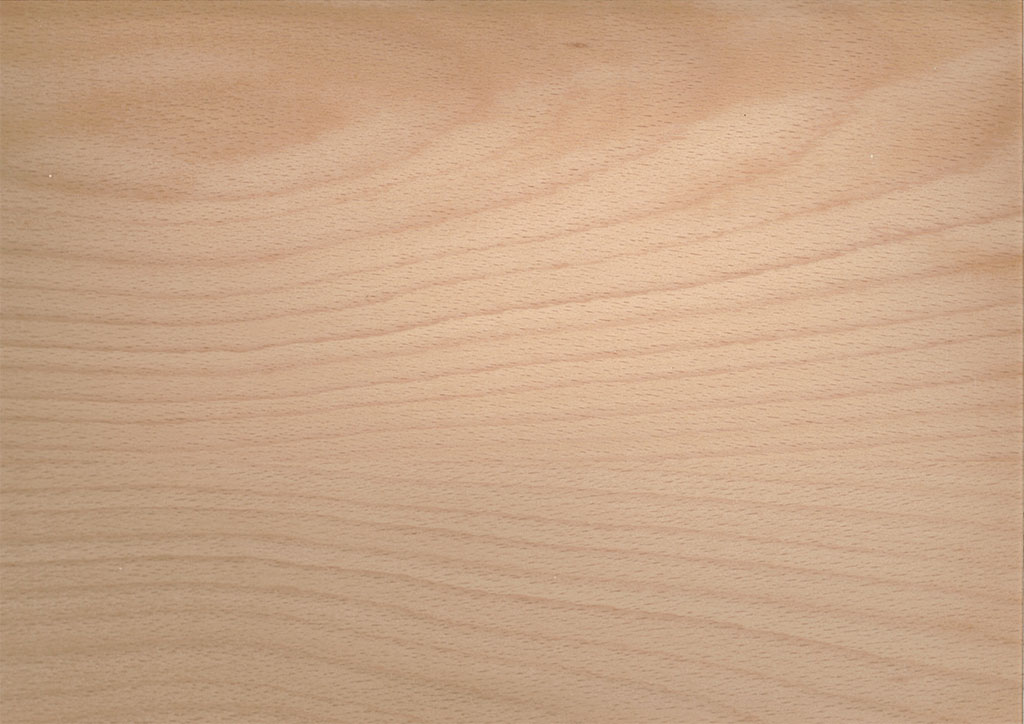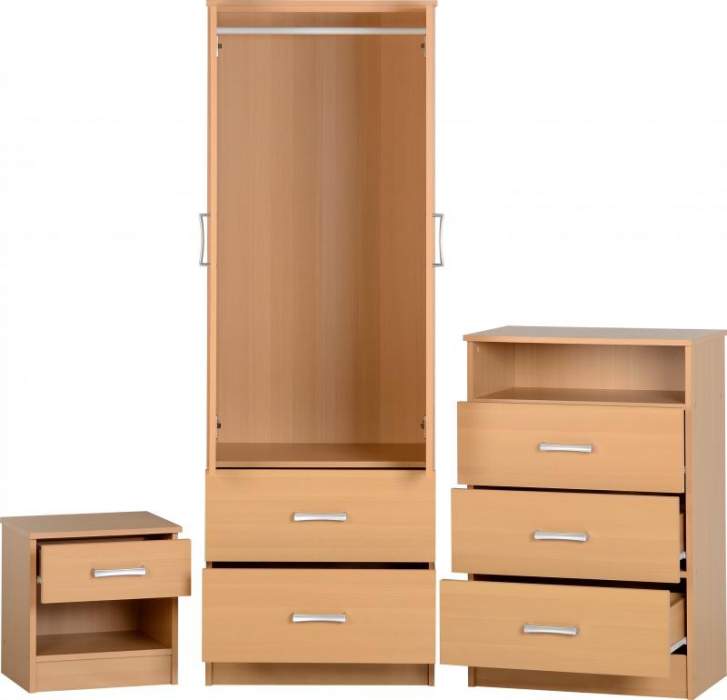Beech is one of the most common tree species growing in mixed and deciduous forests in most of Europe. It is widely used in the manufacture of furniture. Its wood has great strength, toughness and inelasticity. The density of the beech, which will be discussed in the article, depends on the cellular structure and humidity.
What is wood density?
This value is called the ratio of mass to volume. It is not constant and depends on the humidity of the environment in which the material is located. The greater the mass of a cubic meter of wood, the denser it is. Therefore, it is customary to use values that correspond to a moisture content of 12%. You should always remember that the density of beech or some other wood is approximate. This is because even the same piece of wood in different atmospheric conditions will have a different density.
This value has a direct effect on the strength and hygroscopicity of wood. A good example: the doors for baths are made of linden, aspen or pine, since the beech tree would simply stop closing. The density of the beech in g / cm3 is from 0.65 to 0.9 and depends on the environmental conditions in which the material or product from it is located.
Beech Tree Features
The beech is called the mother of forests because it helps other hardwoods survive and survive. Rainwater, which flows from the crown of beech trees, has a detrimental effect on weeds that deplete the soil. Volumetric crown prevents evaporation of moisture and drying out of the soil, and a large amount of fallen foliage in the fall forms a nutrient layer of humus. The height of a tree sometimes reaches 45 meters with a diameter exceeding a meter. Straight-fiber wood has a fine and even structure, and the density of beech wood and hardness depend on the place of growth. It is noted that the rocks from Northern Europe, Denmark and the UK are harder and heavier than from Romania, Yugoslavia and Central Europe.
Technological properties of beech
Allocate such properties as:
- The ability to hold metal fasteners - perpendicularly entering the wood, the nail cuts part of the fibers, while others move apart and hold the metal fastener. The moisture content of the wood makes clogging easier, but when dried, the beech's ability to hold the nail decreases.
- The ability to bend - it is well processed by steam, it easily changes shape, therefore it is used for the manufacture of bent furniture for offices and residential premises.
- Wear resistance - the average value of the density of beech in kg / m3 is 680, so the wood has high strength and can withstand large mechanical loads. Boards are recommended for the manufacture of floors and stairs.
- Cracking resistance - has a slight opposition to the separation of the structure during the introduction of the wedge in the direction of the fibers, and in the radial less than the tangential. The material is easily processed by hand tools, sawn and pricked.

Beech wood can be processed: polished, polished and bent. Sawn timber is easy to glue, good pickle dyes.
Advantages and disadvantages of beech
The advantages include:
- high ductility and flexibility;
- significant strength, because the density of beech is not inferior to the same parameter of oak;
- ability to withstand fastenings;
- originality of texture;
- the possibility of repainting and bleaching;
- antibacterial properties.
Disadvantages:
- products do not tolerate dry air, can crack;
- wood is not suitable for the manufacture of furniture in bathrooms, baths, saunas, because it can rot;
- beech objects are very heavy;
- direct sunlight changes the color of products.
When coating objects with varnish or paint, many troubles can be avoided.
Quality beech and oak wood
Beech and oak belong to the same family; they are widespread in nature and have similar properties. Both tree species are characterized by a low growth rate, and the density of beech and oak are close in value. In oak, the indicator is 690 kg / m 3 . Their distinguishing feature is high strength and hardness. The wood of both oak and beech consists of a fine, uniform texture and does not contain knots, is easily painted and perfectly processed by any carpentry tools. The high wear resistance of the rocks allows them to be used in construction for flooring, the installation of steps and the manufacture of furniture.

It is noted that the beech under the influence of steam acquires the property of bending, and subjected to staining it gets even greater strength and becomes darker. Beech, in contrast to oak, dries quickly, is easy to polish and perfectly sticks together. But the wood from it is susceptible to damage by fungal diseases and mold, and also absorbs water more strongly than oak. An elegant beech with warm and soft energy refreshes the interior of the room, and the oak creates a restrained luxury, gives nobility and aristocracy.
Beech application
Beech wood is endowed with a lot of advantages: odorless, bends well, perfectly holds fasteners (nails and screws), is not prone to warping and cracking. At medium density, the beech has high strength and is excellent in processing. Therefore, it is used for the manufacture of:
- furniture and flooring;
- planed veneer;
- dishes, chopping boards, baskets, barrels;
- musical instruments;
- raw materials for acetone, methyl alcohol;
- medicinal raw materials.
The disadvantage of beech wood is its strong absorption of moisture, therefore, to protect the product, it is varnished and various impregnating agents.
The similarity of beech and birch
Birch plank is appreciated for its appearance. It is believed that this tree does not contain a core, therefore the wood consists only of sapwood and has a uniform yellow-white or pinkish tint. It is valued for its twisting fibers, which create a beautiful texture, so they use birch as a decorative material. The density values of beech and birch are very close to each other. The latter indicator is 650 kg / m 3 , which allows it to be used for furniture. It also lends itself well to processing, but at the same time, again, increased humidity should be considered.
Products on the street quickly mold and rot. In addition, the material undergoes drying up to 8%. Birch plywood is especially appreciated. Home craftsmen make shelves, carved coasters and light furniture from it. Of great importance is the high thermal conductivity of the tree and the release of a large amount of heat during combustion.
Conclusion
Having very similar properties in density, hardness and wear resistance, birch, beech and oak are widely used in the furniture industry. For budget options, birch is suitable, for more expensive ones, preference is given to beech or oak, which has almost the same strength and differs only in pattern.